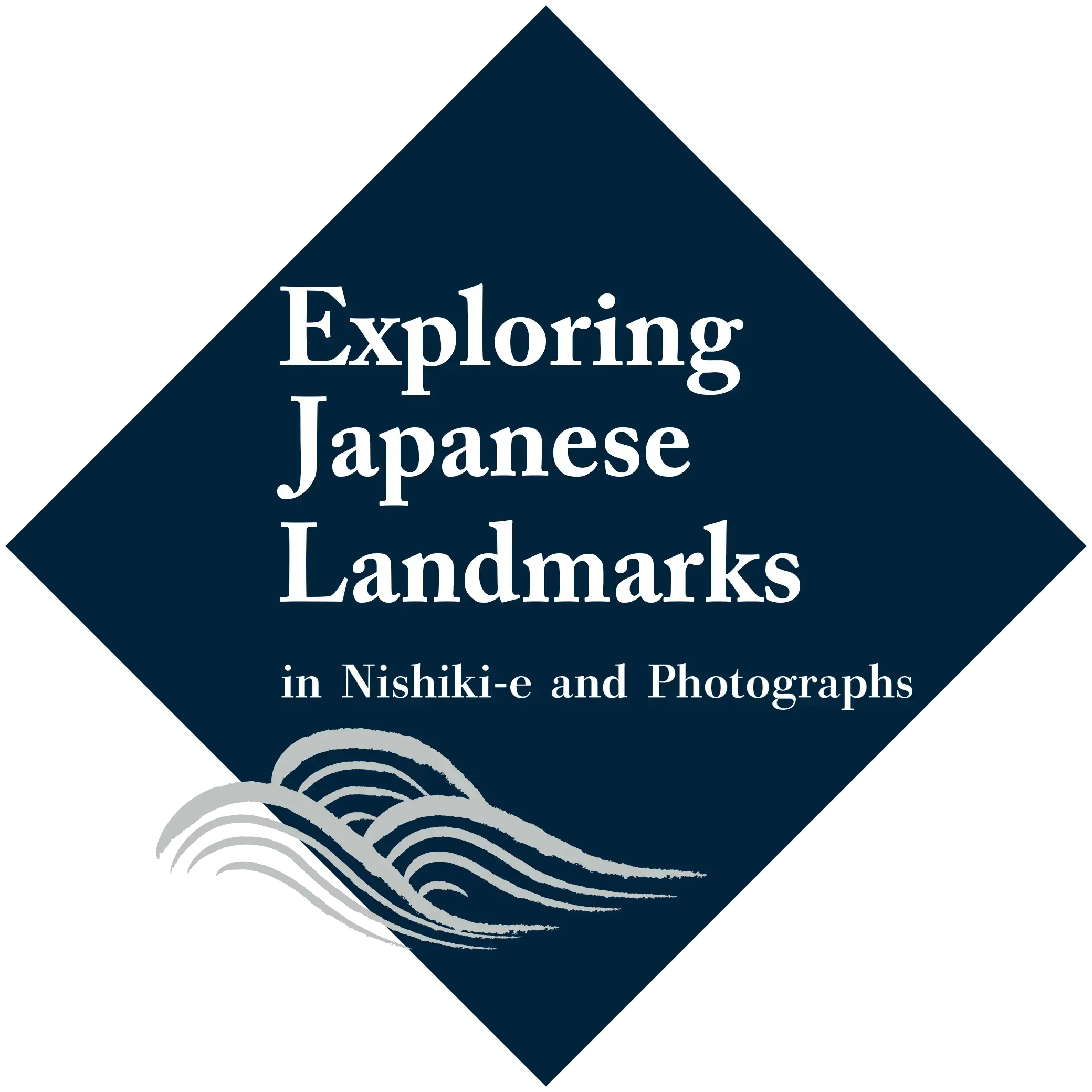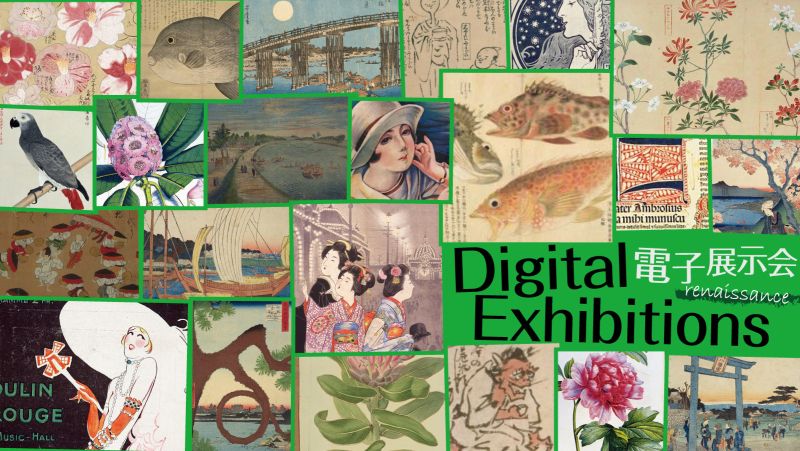
Ryusen-ji Temple
Tendai-shu Sect. Founded in 808, when the idol of Fudo carved by Ennin (Jikakudaishi) on his way to Mt. Hie following his teacher Kouchi was installed. This became the most sacred Fudo location in Edo during the Genroku Era (1688-1704). The "Tokko no Taki" waterfall is within the grounds, where it is said Jikakutaishi threw his Tokko Buddhist instrument to destroy worldly desires, with the site becoming a place for visitors to the temple to shower themselves in the cold water and purify themselves. The temple was also famous for its lottery, and it was named one of the Three Major Lotteries of Edo consisting of the Meguro Fudo along with the Yushima-Tenjin Shrine started in 1812 and the Yanaka Kanno-ji Temple started in 1817. In addition to the awamochi (millet dough cakes) and Meguro ame (Meguro candy) sold in the temple town, mochibana (mocha flowers) made of on boxwood and spindle tree branches decorated with red, white and yellow mochi rice cakes and cooked rice mixed with bamboo shoots, one of Meguro's specialty products, were famous.
Nishiki-e and Paintings
目黒不動之図
江戸自慢三十六興 目黒不動餅花
江戸名所 目黒不動尊
Other Materials
Landmarks around Ryusen-ji Temple
Taiko-bashi Bridge / Gyonin-zaka Hill Meguro Takanawa Ushimachi Yatsuyama Sengaku-ji Temple Takanawa Gotenyama Shinagawa Meguro no Fuji Suzaki
